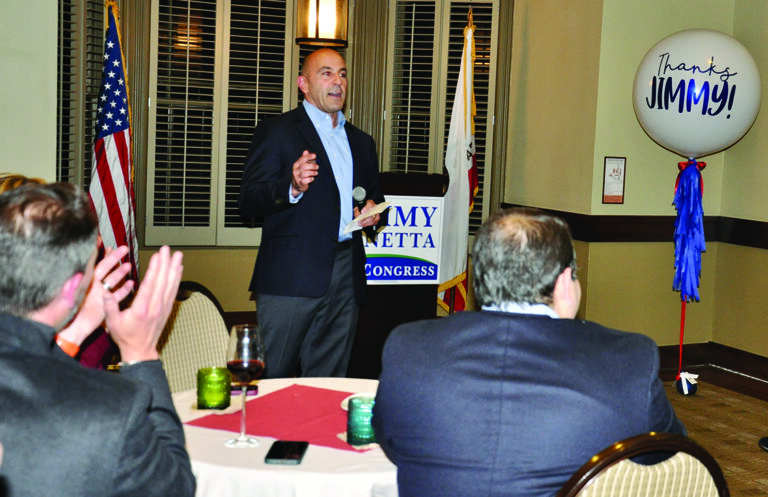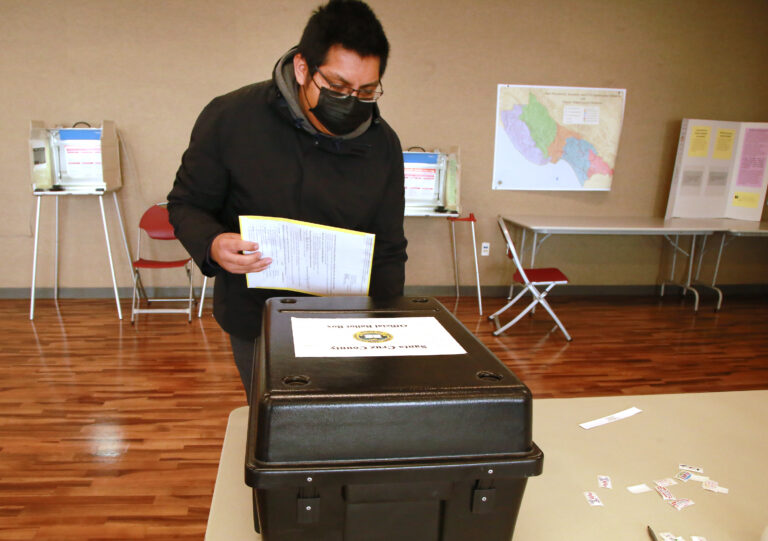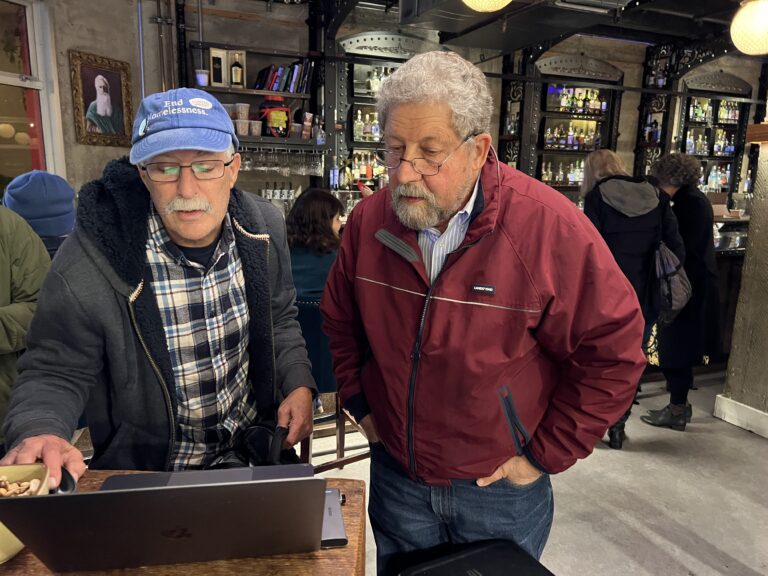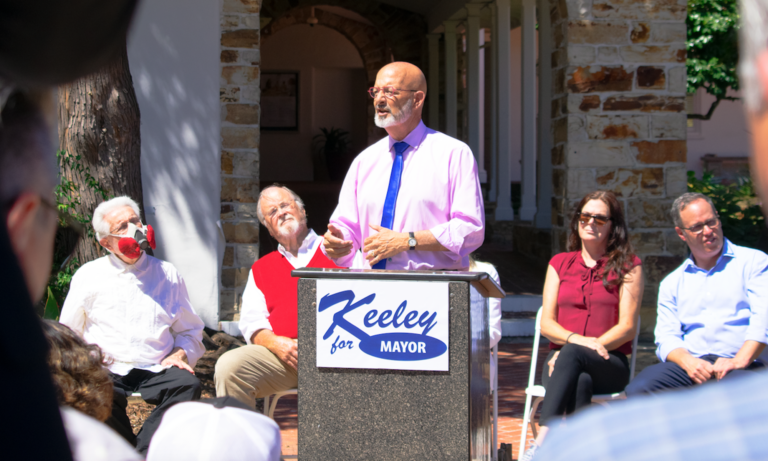In the months before asking voters to approve two new bond measures to help fund numerous upgrades and repairs on its 10 schools, Santa Cruz City Schools looked closely at what exactly was needed districtwide.
With the projects thus prioritized, the district is now prepared to move forward with the work. Early results signal strong support for measures K and L, initiatives that would generate $249 million and $122 million, respectively.
As of Wednesday morning, Measure K had garnered 62% of the vote, while L had gotten 65%.
“We’re incredibly grateful to our community for continuing to support our students,” SCCS Superintendent Kris Munro says. “These vital improvements to school infrastructures—made possible only through bonds—will have a lasting impact, improving the lives of generations of students.”
The work includes energy-saving projects such as lighting, insulation and windows, said district spokesman Sam Rolens.
“There are so many projects that can have a huge impact on our energy sustainability that we can begin straight away,” he says.
About 5% of the bond funds, Rolens said, would go toward a workforce housing project expected to bring an estimated 80 units of studio, one- and two-bedroom apartments to a location on Swift Street.
Rolens said that the district has already worked with City and County officials to gauge what type of work it is authorized to perform. It has also tentatively contacted architects and will soon review possible plans to get them submitted to state officials for approval.
Approving measures K and L would not be the first time voters have given thumbs-up to funding local schools.
Measures A and B, overwhelmingly approved in 2016, were bonds that brought $208 million to fund repairs on aging facilities. Because of that, Rolens said, the district already has a citizens’ oversight committee that would oversee the spending for the new bonds.
He said it is also all the more prepared to begin projects thanks to ongoing work funded by the previous bond.
Rolens also expects the new work to progress faster than it did in the past.
“There is a real sense of excitement from the district,” he says. “Just because the last time (work) began, it was starting from absolute scratch. There were a lot of unknowns at every school site because we hadn’t broken ground in so long. There is a sense that we can start work a lot faster and move a lot more quickly than we could last time and that we’re less likely to encounter unknown expenses.”
























